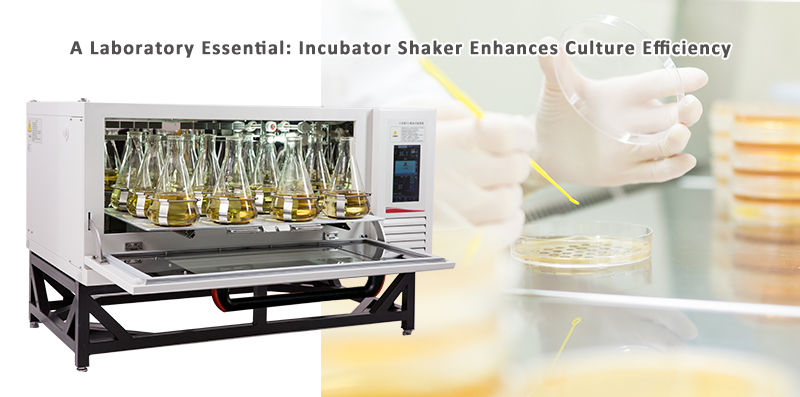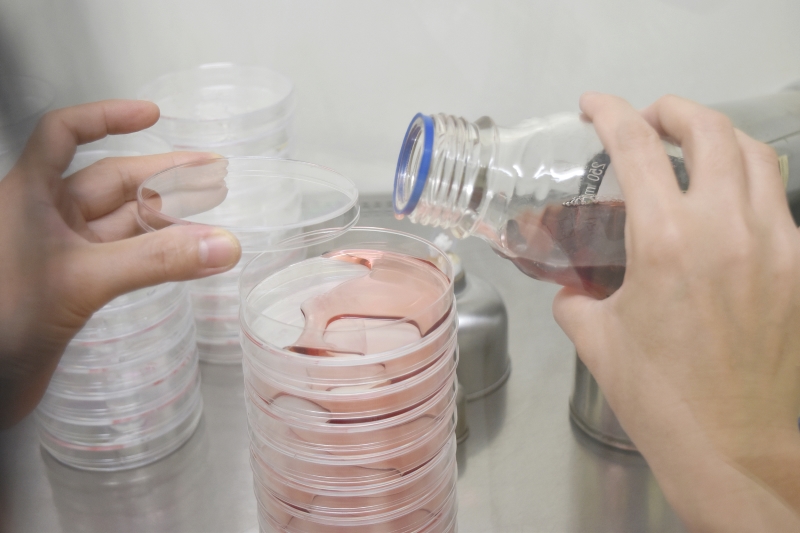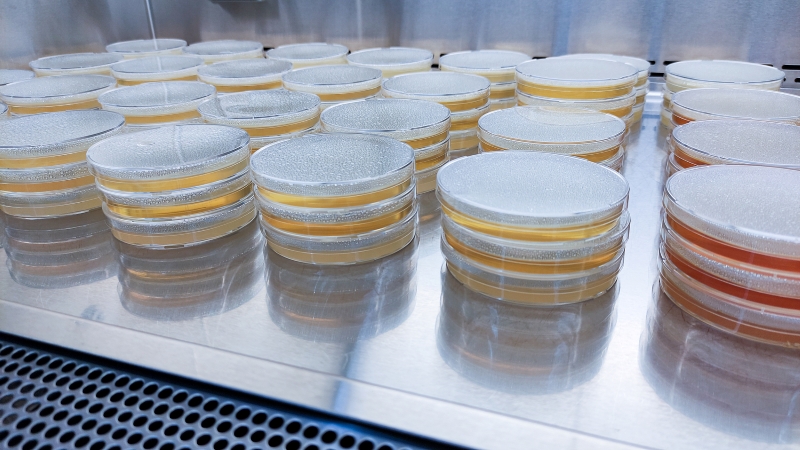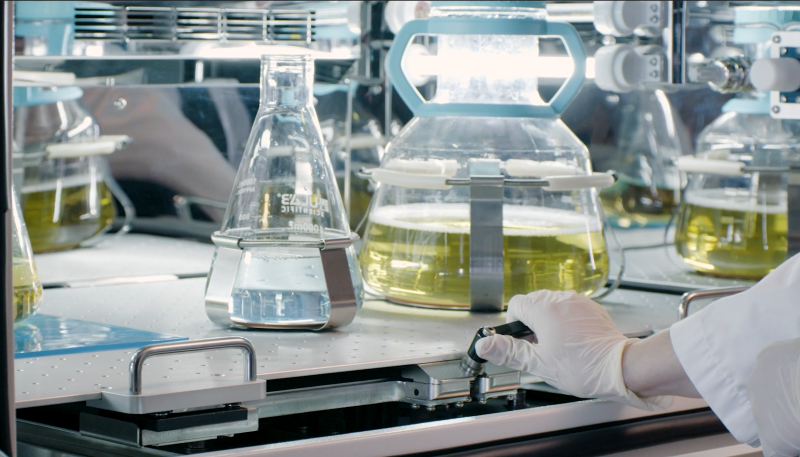The incubator shaker is an indispensable piece of equipment in biological laboratories, widely used for cultivating microorganisms, cells, and tissues, as well as in experiments involving melting, solidification, dissolution, and penetration of substances. It accurately controls both temperature and oscillation speed, providing a stable environment for experiments and ensuring the reliability of results.

A key feature of an incubator shaker is its ability to promote the culture process through oscillation. Whether reciprocating or rotary, the main purpose of oscillation is to enhance the oxygen supply in the solution, which is crucial for cell respiration in aerobic cultures. Oscillation allows the culture medium to come into full contact with oxygen, improving the dissolved oxygen supply and, in turn, enhancing cell or bacterial growth uniformity and culture efficiency. As a result, incubator shakers are widely used in strain screening, microbial culture expansion, and life science research fields such as microbial physiology, biochemistry, and fermentation. They are essential tools in laboratory culture processes.
Oxygen in water-based liquids, such as culture media, is dissolved as a gas. The amount of dissolved oxygen is influenced by several factors. First, the amount of dissolved oxygen is directly proportional to the partial pressure of oxygen in the air. The higher the oxygen partial pressure, the more oxygen is dissolved in the water. Second, the amount of dissolved oxygen is inversely proportional to the water temperature. At higher temperatures, the solubility of oxygen decreases, leading to less dissolved oxygen; at lower temperatures, the solubility increases, resulting in more dissolved oxygen. For example, at 20°C, 100 volumes of water can dissolve 3 volumes of oxygen, which is approximately 21.4 mg per liter; at 0°C, 100 volumes of water can dissolve 5 volumes of oxygen, equivalent to about 35.7 mg per liter.

In addition, the depth of the water also affects the amount of dissolved oxygen. The deeper the water, the lower the oxygen content. This is because oxygen primarily enters the water through atmospheric diffusion, which occurs from the surface to deeper layers. The greater the depth, the lower the atmospheric pressure on the water, reducing the amount of oxygen that can penetrate. Similarly, the surface area of the water influences the dissolved oxygen level. The larger the surface area, the more oxygen can diffuse into the water.
With over ten years of experience working with users, Welso has found that the culture temperature for cells or bacteria falls within a specific range, meaning temperature alone does not significantly affect the dissolved oxygen content. Additionally, the oxygen partial pressure in the air remains relatively constant and has a limited impact on dissolved oxygen levels. Therefore, to increase the dissolved oxygen content, the key factors are the depth of the culture medium and its contact area with the air. As a result, selecting the right shake flask, rotational amplitude, and speed is crucial.

During rotation, centrifugal force pushes the liquid toward the bottle wall, which not only reduces the liquid's depth but also increases the surface area in contact with the air, effectively boosting the dissolved oxygen content. This process allows the shaker to provide cells or bacteria with a more abundant oxygen supply, promoting their growth and reproduction.
F = m×ω2*r
The centrifugal force of the culture medium in the culture bottle being swirled:
F = m×ω2*r

Welso incubator shakers offer two amplitude options: 26mm and 50mm. For small bottles (less than 500ml), choose 26mm with a higher speed, and for larger bottles (over 1000ml), select 50mm with a lower speed.
When the centrifugal force on liquid is equal to that on the amplitude of 26mm and 50mm
M*ω12*26/2= m*ω22*50/2
So the relationship between ω1 and ω2 is:
ω1≈1.4ω2
That is, 50 amplitude 100rpm is basically equivalent to 26 amplitude 140rpm.

By properly adjusting the oscillation parameters, the incubator shaker can create an optimized culture environment for various experimental conditions, making it widely used in microbiology, cell culture, and other biological research fields.

Follow official account